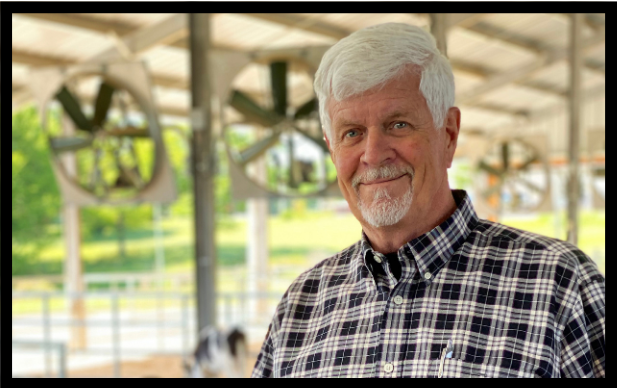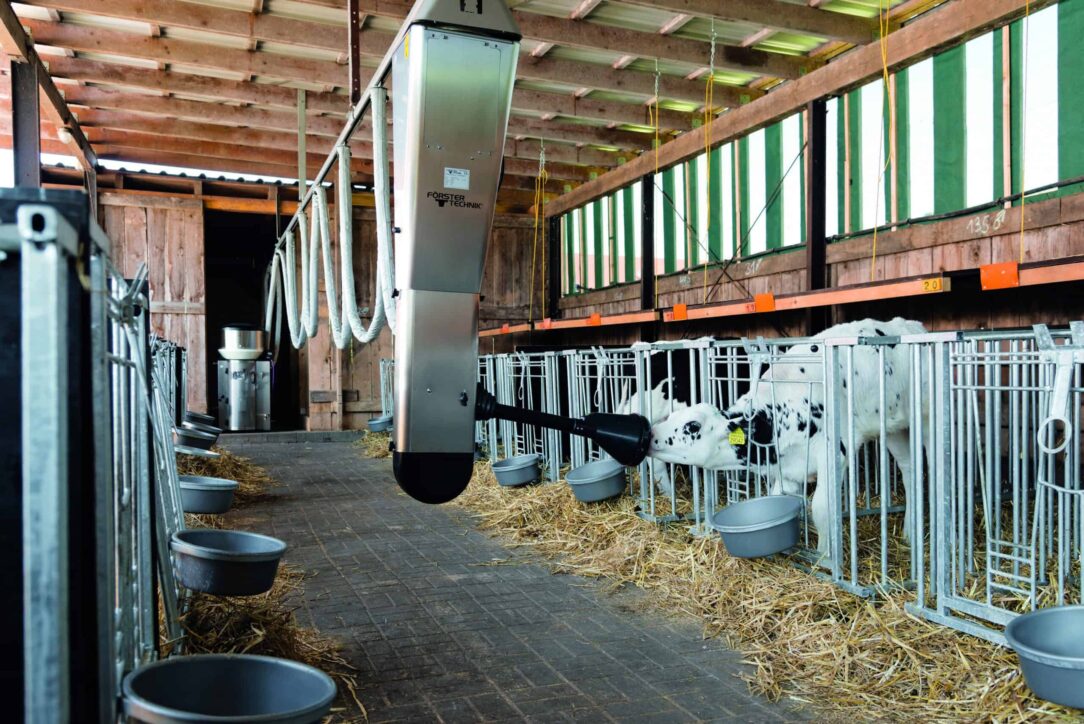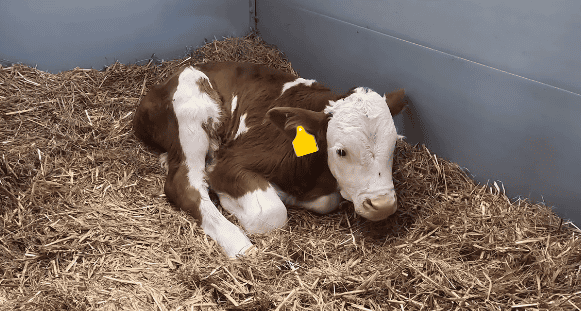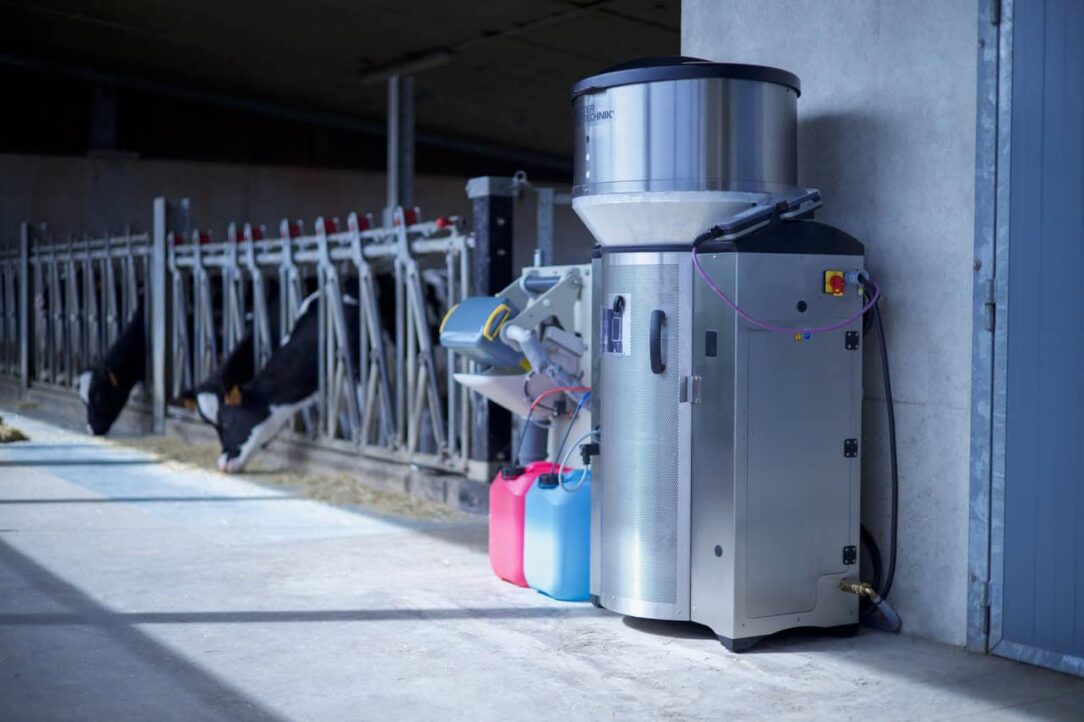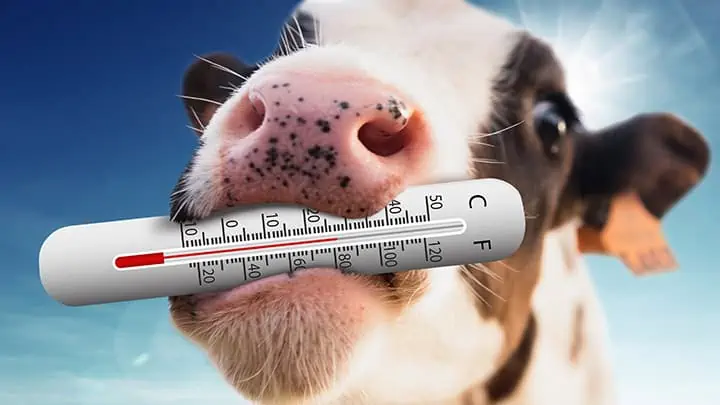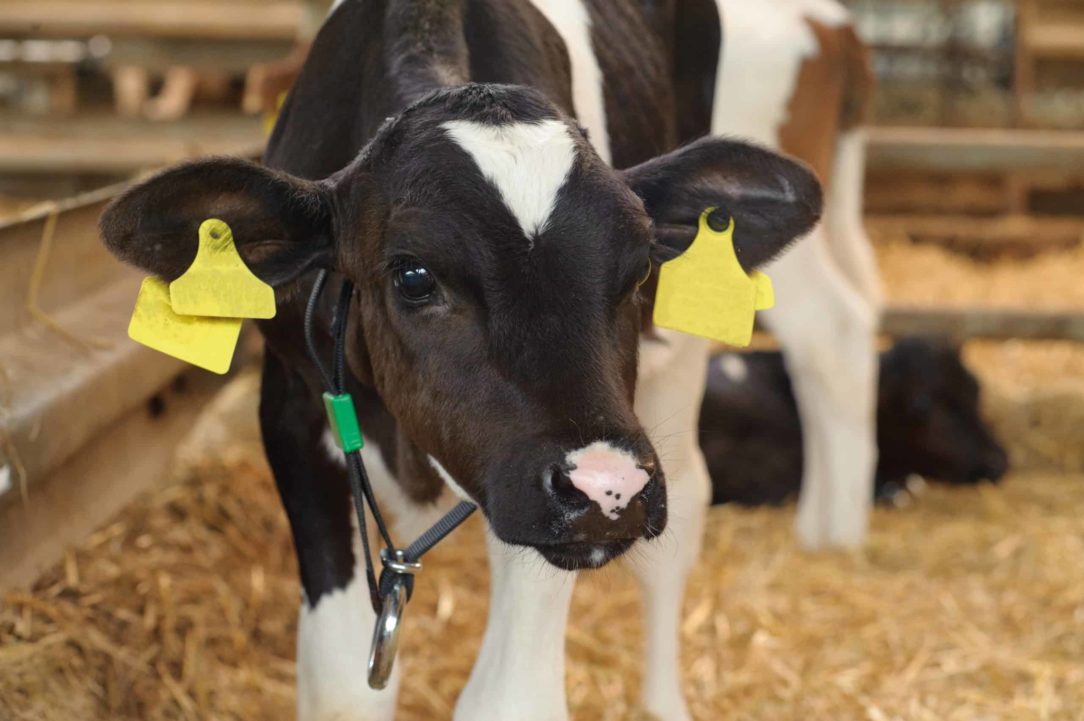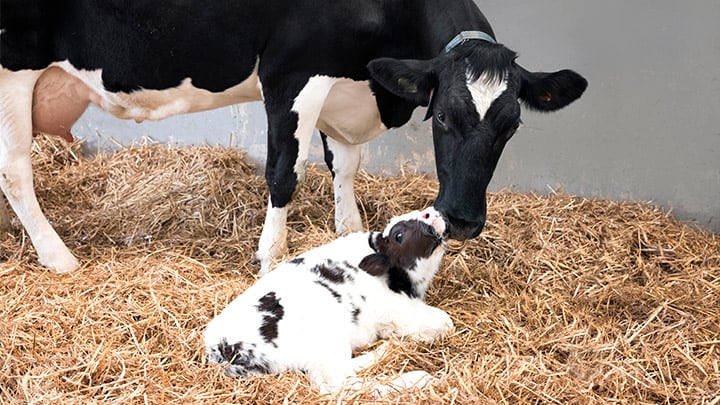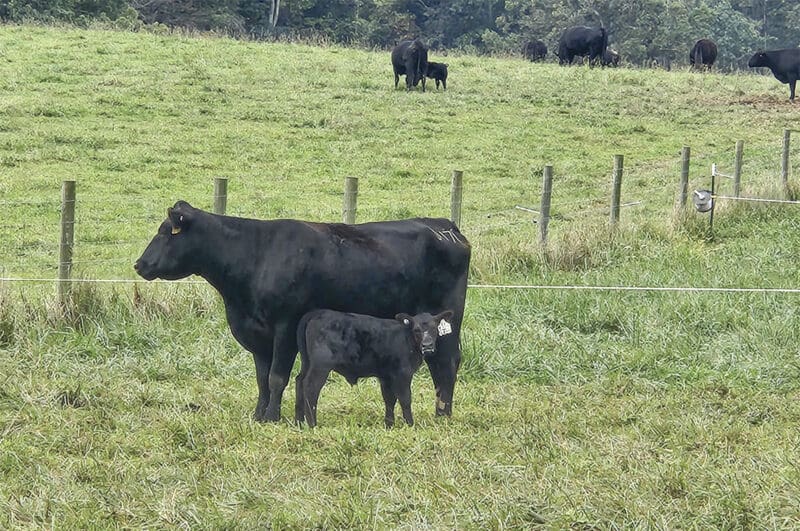In Memory of Dr. Robert “Bob” James It is with great sadness that we share the news of the sudden passing of Dr. Robert “Bob” James on August 21, 2025. Dr. Bob James was not only an internationally recognized expert in calf rearing, but also a passionate teacher, mentor, and bridge-builder between research and practice. […]
Discover the truth about ad libitum and 40FIT calf feeding plans. This post clears up common misconceptions and explains how automated feeders can support natural calf behavior, improve growth, and optimize early-life nutrition.
Learn how to interpret autofeeder data to improve calf nutrition and behavior. This tip compares two real-world feeding plans—highlighting how visit patterns and milk concentration affect calf health, feeding stall use, and overall efficiency.
Making the switch from bottle or bucket feeding to an autofeeder system is a big transition — for both calves and calf feeders. We’re used to calves bellowing for their morning bottle, hungry after 12 hours without milk. But that’s not normal for mammals.
What’s normal? Frequent, smaller meals — just like they’d get from their mothers.
That’s where the 40FIT ad libitum feeding plan comes in.
Is your calf program due for a rethink? After decades of individual housing and restricted milk feeding, dairy consultant Robert James challenges the status quo. He explores the benefits of group housing, automated feeders, and data-driven management — all aimed at improving calf health, labor efficiency, and long-term performance. Discover why now might be the time for change.
Small daily actions can have a big impact. Learn how to build an effective monitoring routine using your calf autofeeder system. This week’s tip focuses on health checks, data interpretation, and maximizing the value of your technology—one step at a time.
Summer heat can be just as challenging for calves as winter cold. This article explores how rising temperatures affect calf feeding behavior, nutrition, and facility conditions—and offers practical solutions to help you maintain intake, ensure diet quality, and support both calves and caretakers during hot weather.
Headblogger Bob James joins the Hoard’s Dairyman Podcast to explore how to give calves the best start. From early-life nutrition to automated feeding, discover practical tips to boost calf health and performance. A must-listen for modern dairy farmers!
When it comes to feeding young calves, choosing between whole milk and milk replacer isn’t as simple as it seems. This post breaks down the pros and cons of each option—from nutrition and sanitation to labor and cost—helping you make the right decision for your farm management style and calf health goals.
New Article by Dr. Bob James in Progressive Dairy! Can beef teach us how to better raise dairy replacements: Calving environment and newborn management Dr. Bob James explores what the beef industry can teach us about raising dairy replacements in his latest article, “Can beef teach us how to better raise dairy replacements: Calving environment […]

